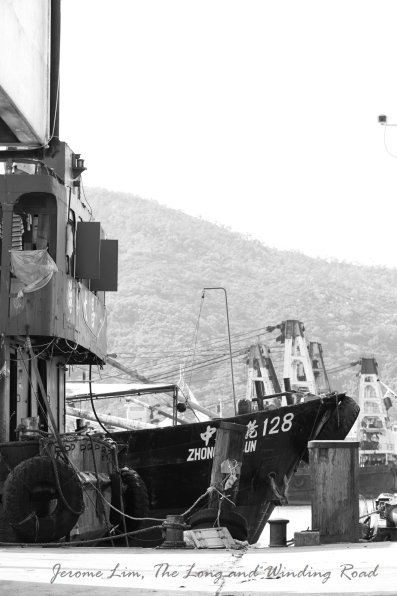 It was right on the last day that we found it, coming away with bagfuls of what must surely have been a very precious commodity that we had two of our toughest ladies, Valyn and Yiwei, to stand guard over it.
It was right on the last day that we found it, coming away with bagfuls of what must surely have been a very precious commodity that we had two of our toughest ladies, Valyn and Yiwei, to stand guard over it.

Pure gold that required two of our toughest ladies to stand guard over! (Photograph taken with a Panasonic LUMIX DMC-GF5).
The commodity has to be nothing short of pure gold – many come from near and wide, descending on a humble village away from the bustle of Macau’s bright lights and fluid streets just for it, or rather a taste of it. The golden item, is nothing less than the most sought after piece of pastry in the territory, a Lord Stow’s egg tart, smooth and creamy custard given a tinge of gold when baked in a pastry cup.

Gold in a pastry cup, Lord Stow’s Egg Tarts (photograph taken with a Panasonic LUMIX DMC-GF5).
The egg tarts or pastéis de nata (pastel de nata, singular), is what certainly draws the crowds to the sleepy village, Coloane Village, which is as far away as one can get in the tiny 29 square kilometres that is Macau. The village takes its name from the island, the southernmost of two main islands beyond the Macau Peninsula – an island that is sometimes referred to as Macau’s countryside. It was for long a neglected part of the former Portuguese colony, becoming a hotbed of pirate activity until the problem was eventually dealt with by the Portuguese in 1910.

Coloane Village is a sleepy village that seems far removed from the bright lights of the nearby Cotai Strip (photograph taken with a Panasonic LUMIX DMC-GF5).
The village, as is the bakery, is a curious place. Seemingly out of touch with the glitz and glamour of the integrated resorts sprouting up not so far away on the Cotai Strip – a piece of reclaimed land which has connected the Coloane Island to its northern counterpart, Taipa Island, it (and what is found in it), must be a wonderful example perhaps of how east and west has blended during the rule of the territory’s former masters.

Lord Stow’s Bakery in Coloane Village – it is not just in the bakery, but in the entire village where east has blended well with the west (photograph taken with a Panasonic LUMIX DMC-GF5).
At the heart of Coloane Village is a little piece of Portugal, the Eduardo Marques Square (Largo da Eduardo Marques). The square takes its name from the Portuguese governor Eduardo Marques who oversaw the victory over the pirates. This is in fact commemorated in the square in the form of a monument which stands at one end of it. It is at the opposite end however, that the attention of the visitor will be drawn to – the yellow of the baroque façade of the Chapel of St. Francis Xavier is one that will certainly not be missed.

A monument in the Largo da Eduardo Marques to commemorate the defeat of the pirates in 1910 (photograph taken with a Panasonic LUMIX DMC-GF5).

The Eduardo Marques Square is also known for its food outlets which apparently are a must-try (photograph taken with a Panasonic LUMIX DMC-GF5).

The yellow baroque façade of the Chapel of St. Francis Xavier at the other end of the square.
The yellow chapel, built in 1928, is definitely one that should not be missed. Besides containing some of the most sacred Catholic relics found in Asia (at one time it also housed relics of St. Francis Xavier – the missionary who is attributed bringing the faith to Asia), it does also contain a rather interesting religious painting. On the painting there is an image of a woman bearing the likeness of the Chiness Goddess of Mercy, Kun Iam or Kuan Yin, carrying a child, which is in very much a similar fashion as a very popular Catholic depiction of the Mother and Child. This surely is a wonderful example of how well east and west have blended here.

The Chapel of St. Francis Xavier was built in 1928 and once housed some relics of St. Francis Xavier, a missionary who is attributed with bringing the Catholic faith to Asia.

The Chapel of St. Francis Xavier is where many important Catholic relics are found (photograph taken with a Panasonic LUMIX DMC-GF5).

An example of east and west meeting inside the chapel – a painting with the likeness of Kum Iam carrying a child shown in a popular pose used by Catholics to depict Mother and Child.

The peace and calm that is the sanctuary of the chapel (photograph taken with a Panasonic LUMIX DMC-GF5).
The narrow lanes that took us through to the main square, the Largo Presidente António Ramalho Eanes, where gold was to be discovered, are equally captivating. Full of colour and interesting details, the streets are ones that I would, if I had another opportunity, like to spend perhaps a whole day exploring. There certainly is much more in the sleepy little village than the golden coloured pastries. Time I didn’t have, and with the egg tarts calling, it was to Lord Stow’s Bakery for our final stop at the village before we were to have lunch.

A colourful narrow lane in Coloane Village (photograph taken with a Panasonic LUMIX DMC-GF5).

A village shop (photograph taken with a Panasonic LUMIX DMC-GF5).

The area around Largo Presidente António Ramalho Eanes is certainly worth exploring (photograph taken with a Panasonic LUMIX DMC-GF5).

Largo Presidente António Ramalho Eanes is also where the bus stop is (photograph taken with a Panasonic LUMIX DMC-GF5).

Another shop found in the narrow lanes of Coloane.
That Lord Stow’s is as curious as the village is, there is no doubt. The bakery, is the brainchild of an English pharmacist (yes you read right!), the late Andrew Stow (whose ex-wife serves a slightly sweeter version of the popular pastry at Margaret’s Café in downtown Macau). He started the little bakery in 1989, perfecting his recipe using his skills as a pharmacist, achieving phenomenal success very quickly – with the bakery itself becoming a tourist draw. Many tourists make it a point to head to the bakery to pack the tarts, which are sold for MOP/HKD8 per piece, MOP/HKD45 for a box of 6, or MOP/HKD90 for a box of 12, before heading home.

 Gold production (photographs taken with a Panasonic LUMIX DMC-GF5).
Gold production (photographs taken with a Panasonic LUMIX DMC-GF5).
Curiosity aside, the bakery does make that egg tart that is certain to give one a ‘love at first bite’ experience and certainly with a taste that is no less than divine – well worth that pilgrimage to Coloane just to worship it. That together with the desire to explore the narrow lanes of the charming little part of Macau and the rest of the island (which does seem well worth exploring), will make it my first, and also last stop the next time I am in Macau.

An extremely happy customer (photograph taken with a Panasonic LUMIX DMC-GF5).

Look how much this one bought! (Photograph taken with a Panasonic LUMIX DMC-GF5).

More expressions of happiness (photograph taken with a Panasonic LUMIX DMC-GF5).

Worship (photograph taken with a Panasonic LUMIX DMC-GF5).
The trip was made possible by the kind sponsorship of the Macau Government Tourist Office (MGTO) which included a three night stay at the Grand Lapa Macau, and also Tiger Airways who sponsored the two way flights.
Links to finding gold:
Macau Government Tourist Office
Tiger Airways
Coloane Village (MGTO site)
More on Coloane Island (MGTO site)
Lord Stow’s Bakery
Note: this is a repost of my post on the omy.sg My Macau Experience 2012 site which sees 10 bloggers share experiences of their visit to Macau. Readers will get a chance to vote for their favourite My Macau Experience 2012 blogger and stand a chance to win $1000 worth of Macau travel vouchers. Voting has started (on 28 September 2012) and ends on 15 October 2012. Votes can be cast on a daily basis at the My Macau Experience 2012 Voting page.

















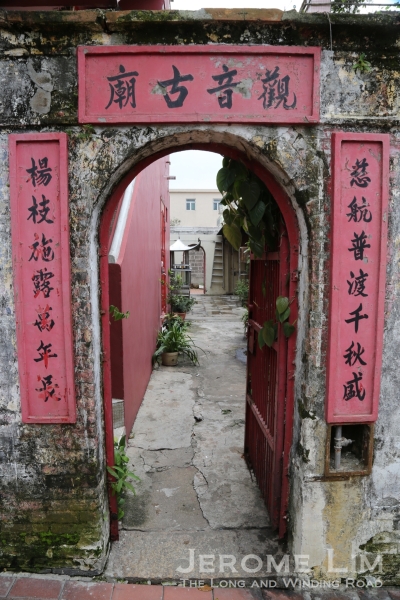













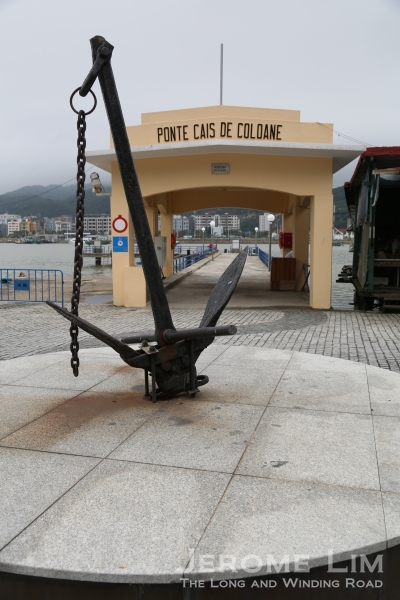








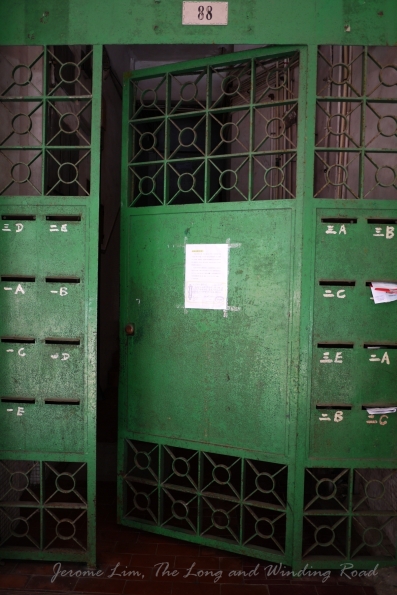



















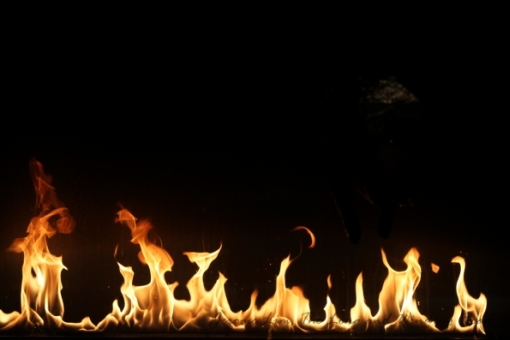




























 Gold production (photographs taken with a Panasonic LUMIX DMC-GF5).
Gold production (photographs taken with a Panasonic LUMIX DMC-GF5).





























